Gabriel Said Reynolds - The Quran and its Biblical Subtext
Here you can read online Gabriel Said Reynolds - The Quran and its Biblical Subtext full text of the book (entire story) in english for free. Download pdf and epub, get meaning, cover and reviews about this ebook. year: 2010, publisher: Taylor and Francis, genre: Religion. Description of the work, (preface) as well as reviews are available. Best literature library LitArk.com created for fans of good reading and offers a wide selection of genres:
Romance novel
Science fiction
Adventure
Detective
Science
History
Home and family
Prose
Art
Politics
Computer
Non-fiction
Religion
Business
Children
Humor
Choose a favorite category and find really read worthwhile books. Enjoy immersion in the world of imagination, feel the emotions of the characters or learn something new for yourself, make an fascinating discovery.
- Book:The Quran and its Biblical Subtext
- Author:
- Publisher:Taylor and Francis
- Genre:
- Year:2010
- Rating:3 / 5
- Favourites:Add to favourites
- Your mark:
The Quran and its Biblical Subtext: summary, description and annotation
We offer to read an annotation, description, summary or preface (depends on what the author of the book "The Quran and its Biblical Subtext" wrote himself). If you haven't found the necessary information about the book — write in the comments, we will try to find it.
This book challenges the dominant scholarly notion that the Qurn must be interpreted through the medieval commentaries shaped by the biography of the prophet Muhammad, arguing instead that the text is best read in light of Christian and Jewish scripture. The Qurn, in its use of allusions, depends on the Biblical knowledge of its audience. However, medieval Muslim commentators, working in a context of religious rivalry, developed stories that separate Qurn and Bible, which this book brings back together.
In a series of studies involving the devil, Adam, Abraham, Jonah, Mary, and Muhammad among others, Reynolds shows how modern translators of the Qurn have followed medieval Muslim commentary and demonstrates how an appreciation of the Qurns Biblical subtext uncovers the richness of the Qurns discourse. Presenting unique interpretations of 13 different sections of the Qurn based on studies of earlier Jewish and Christian literature, the author...
Gabriel Said Reynolds: author's other books
Who wrote The Quran and its Biblical Subtext? Find out the surname, the name of the author of the book and a list of all author's works by series.

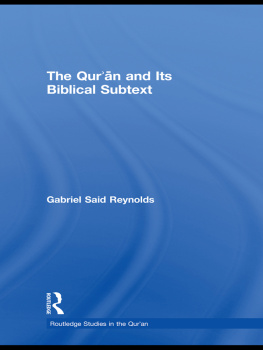

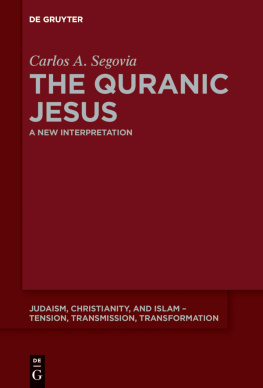
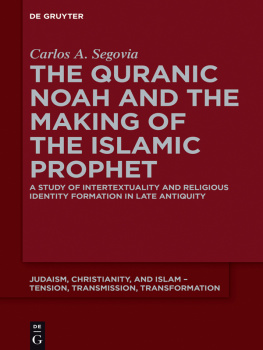
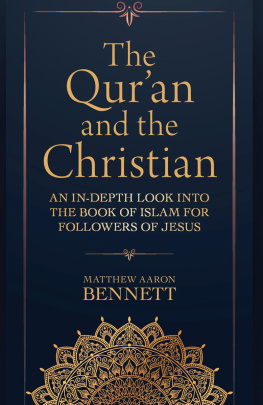
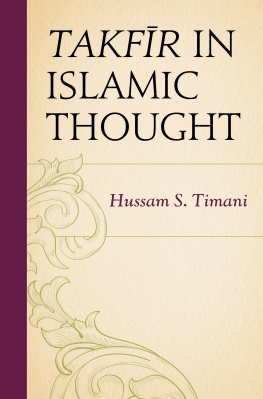
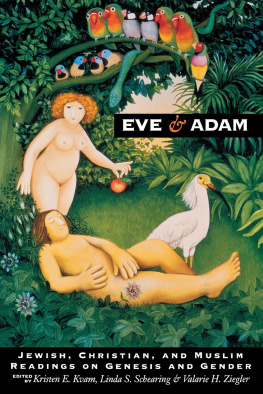
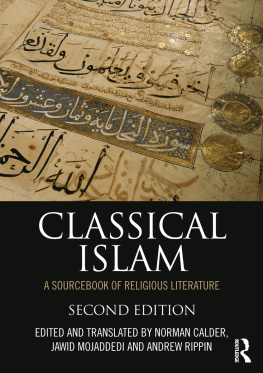
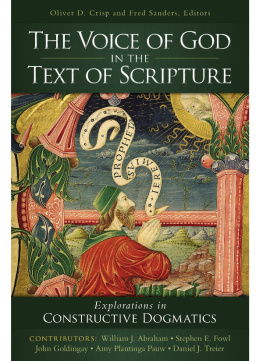
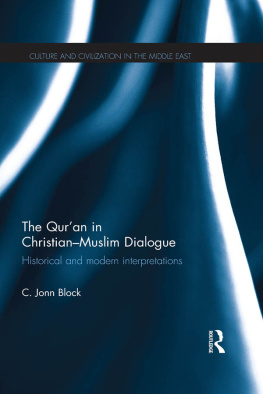

 and Its Biblical Subtext
and Its Biblical Subtext must be interpreted through the medieval commentaries shaped by the biography of the prophet
must be interpreted through the medieval commentaries shaped by the biography of the prophet  proposing instead that the text is best read in light of Christian and Jewish scripture. The
proposing instead that the text is best read in light of Christian and Jewish scripture. The  in its use of allusions, depends on the Biblical knowledge of its audience. However, medieval Muslim commentators, working in a context of religious rivalry, developed stories that separate
in its use of allusions, depends on the Biblical knowledge of its audience. However, medieval Muslim commentators, working in a context of religious rivalry, developed stories that separate  and Bible, which this book brings back together.
and Bible, which this book brings back together. have followed medieval Muslim commentary and demonstrates how an appreciation of the
have followed medieval Muslim commentary and demonstrates how an appreciation of the  Biblical subtext uncovers the richness of the
Biblical subtext uncovers the richness of the  discourse. Presenting unique interpretations of thirteen different sections of the
discourse. Presenting unique interpretations of thirteen different sections of the  based on studies of earlier Jewish and Christian literature, the author substantially re-evaluates Muslim exegetical literature. Thus The
based on studies of earlier Jewish and Christian literature, the author substantially re-evaluates Muslim exegetical literature. Thus The and Its Biblical Subtext, a work based on a profound regard for the
and Its Biblical Subtext, a work based on a profound regard for the  literary structure and rhetorical strategy, poses a substantial challenge to the standard scholarship of
literary structure and rhetorical strategy, poses a substantial challenge to the standard scholarship of  Studies. With an approach that bridges early Christian history and Islamic origins, the book will appeal not only to students of the
Studies. With an approach that bridges early Christian history and Islamic origins, the book will appeal not only to students of the  but to students of the Bible, religious studies, and Islamic history.
but to students of the Bible, religious studies, and Islamic history. Studies and Muslim-Christian Relations and is the author of A Muslim Theologian in the Sectarian Milieu, the translator
Studies and Muslim-Christian Relations and is the author of A Muslim Theologian in the Sectarian Milieu, the translator  al-Jabb
al-Jabb rs A Critique of Christian Origins, and the editor of The
rs A Critique of Christian Origins, and the editor of The in Its Historical Context.
in Its Historical Context.
 and Muslim Literature
and Muslim Literature and Islamic Exegesis
and Islamic Exegesis

 f
f Commentaries on the
Commentaries on the in Classical Islam
in Classical Islam in Its Historical Context
in Its Historical Context Tales of the Prophets
Tales of the Prophets and Its Biblical Subtext
and Its Biblical Subtext and Its Biblical Subtext
and Its Biblical Subtext
